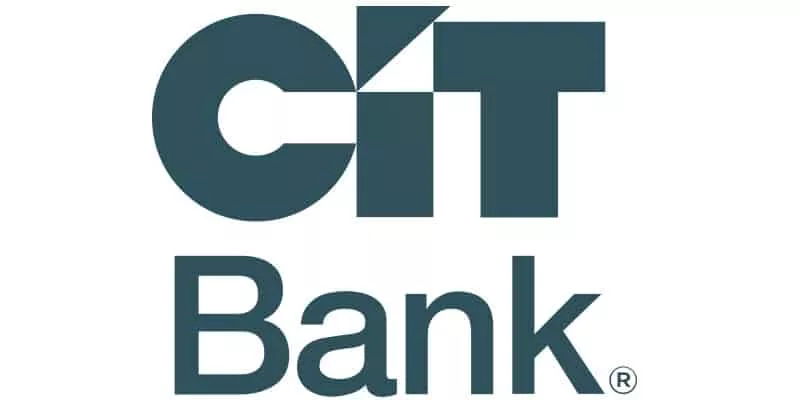In an uncertain world, preparing for the future becomes more important than ever. That’s why many people turn to Certificate of Deposit (CD) laddering as a savvy financial strategy.
What is a CD Ladder
A CD ladder, or certificate of deposit ladder, is an investment strategy that involves spreading the maturity dates of your certificates of deposit (CDs) in a systematic manner. CDs are time deposits offered by banks and other financial institutions with fixed interest rates and maturity dates.
How CD Ladders Work
In a CD ladder, you purchase multiple CDs with varying maturity dates instead of investing all your funds in a single CD with a single maturity date. The idea is to create a staggered or “ladder” structure where each rung of the ladder represents a different CD with a different maturity date.
- For example, you might create a CD ladder with CDs that mature in 6 months, 1 year, 18 months, 2 years, and so on.
- As each CD matures, you have the option to either reinvest the funds in a new CD with a longer maturity or withdraw the funds for other financial needs.
- This approach provides flexibility and liquidity while still allowing you to benefit from potentially higher interest rates offered by longer-term CDs.
Why does CD Laddering Matter
CD laddering can be a beneficial strategy for saving money and optimizing returns in several ways. Here are 5 Facts about CD Ladders:

1. Diversification of Maturities: By creating a CD ladder with different maturity dates, you ensure that a portion of your funds becomes available at regular intervals. This diversification allows you to manage liquidity effectively and have access to cash when needed.
2. Higher Interest Rates: Longer-term CDs generally offer higher interest rates compared to shorter-term ones. By including longer-term CDs in your ladder, you can take advantage of these higher rates without committing all your funds for an extended period. This helps you maximize your overall return on investment.
3. Reduced Interest Rate Risk: If interest rates are rising, having shorter-term CDs in your ladder means that you can take advantage of higher rates sooner. On the other hand, if rates are falling, the longer-term CDs in your ladder provide stability and can protect you from the impact of declining rates.
4. Regular Income Stream: As each CD in the ladder matures, you have the option to reinvest the funds or use them for current expenses. This flexibility allows you to create a regular income stream if needed.
5. FDIC-Insured: Certificate of Deposits are FDIC-Insured which means that even if the bank fails, your principal and interest are protected up to $250,000 per depositor. This is another reason CDs are considered low-risk investments.
How to create a CD laddering strategy
To understand CD laddering, let's consider an example. Suppose you have $10,000 that you want to invest in CDs. Instead of putting the entire amount in a single CD, you decide to divide it into four equal parts of $2,500 each.
You then invest each $2,500 in a CD with a different maturity date. For instance, you may choose a 6-month CD, a 1-year CD, a 2-year CD, and a 3-year CD. This way, you have a CD maturing every six months, providing you with the flexibility to either reinvest the matured CD into a new CD or withdraw the funds if needed.
By staggering the maturity dates, you create a CD ladder that allows you to take advantage of rising interest rates over time. If interest rates increase, you can reinvest the maturing CD at a higher rate, thereby increasing your overall return. On the other hand, if interest rates decline, you still have CDs maturing at regular intervals, allowing you to reinvest them at the new, lower rates.
Finding the best CD rates and terms
Creating a CD laddering strategy involves careful planning and consideration of your financial goals and needs. Here are the steps to create a CD ladder:
- Determine your investment amount: Decide how much money you want to allocate to your CD ladder. This will depend on your financial situation and goals.
- Choose the number of rungs: Decide on the number of CDs you want to include in your ladder. This will depend on factors such as your investment amount, desired income stream, and the length of time you want to invest.
- Determine the ladder duration: Decide on the duration of your ladder by choosing CDs with different maturity dates. Consider your short-term and long-term financial goals when deciding on the length of each CD.
- Research CD rates and terms: Research different banks and credit unions to find the best CD rates and terms that align with your ladder duration. Compare interest rates, fees, and any special promotions to ensure you maximize your returns.
- Open your CD accounts: Once you have selected the CDs you want to include in your ladder, open the accounts with the respective financial institutions. Make sure to review and understand the terms and conditions before finalizing the opening of each CD.
- Monitor and manage your ladder: Keep track of the maturity dates of each CD in your ladder. As each CD matures, decide whether to reinvest the funds into a new CD or make any necessary adjustments to your ladder strategy based on the current interest rate environment and your financial goals.
Considerations for managing a CD ladder
When it comes to CD laddering, finding the best CD rates and terms is crucial to maximizing your returns. Here are a few tips to help you find the best deals:
- Research multiple financial institutions: Don't limit yourself to your local bank. Research online banks, credit unions, and other financial institutions to find the best CD rates and terms. Online banks often offer higher rates due to lower overhead costs.
- Compare interest rates: Look for CDs with competitive interest rates. Keep in mind that longer-term CDs tend to offer higher rates, but you should also consider your liquidity needs and financial goals.
- Consider promotional offers: Some financial institutions may offer promotional rates or special terms for new customers. Take advantage of these offers if they align with your investment strategy.
- Review fees and penalties: Pay attention to any fees or penalties associated with the CDs. Some institutions charge early withdrawal penalties, so make sure you understand the terms before investing.
Stay informed and be ready to adjust your CD ladder strategy accordingly.
Final takeaway
CD laddering can be a strategy for managing interest rate risk, ensuring that you have access to a portion of your funds at regular intervals, and potentially taking advantage of higher interest rates on longer-term CDs.
However, the downside of CDs is that they are not very liquid. Once you deposit your money into a CD, you typically cannot withdraw it until the maturity date without incurring penalties.













